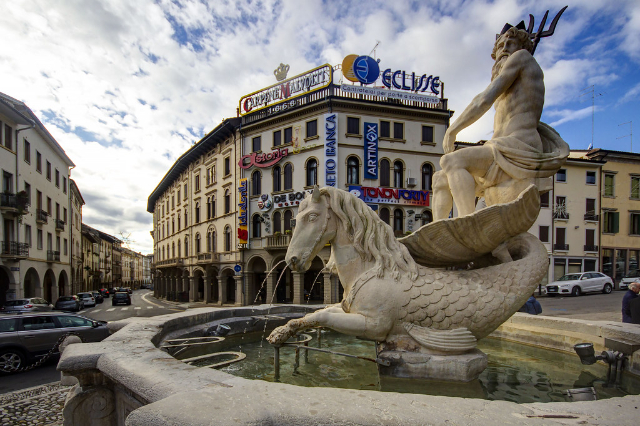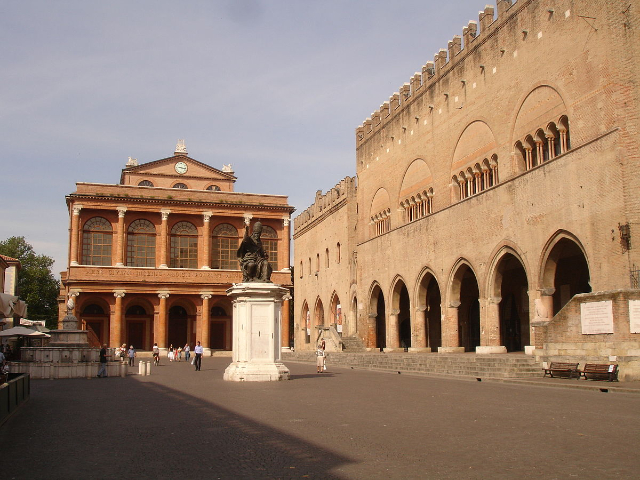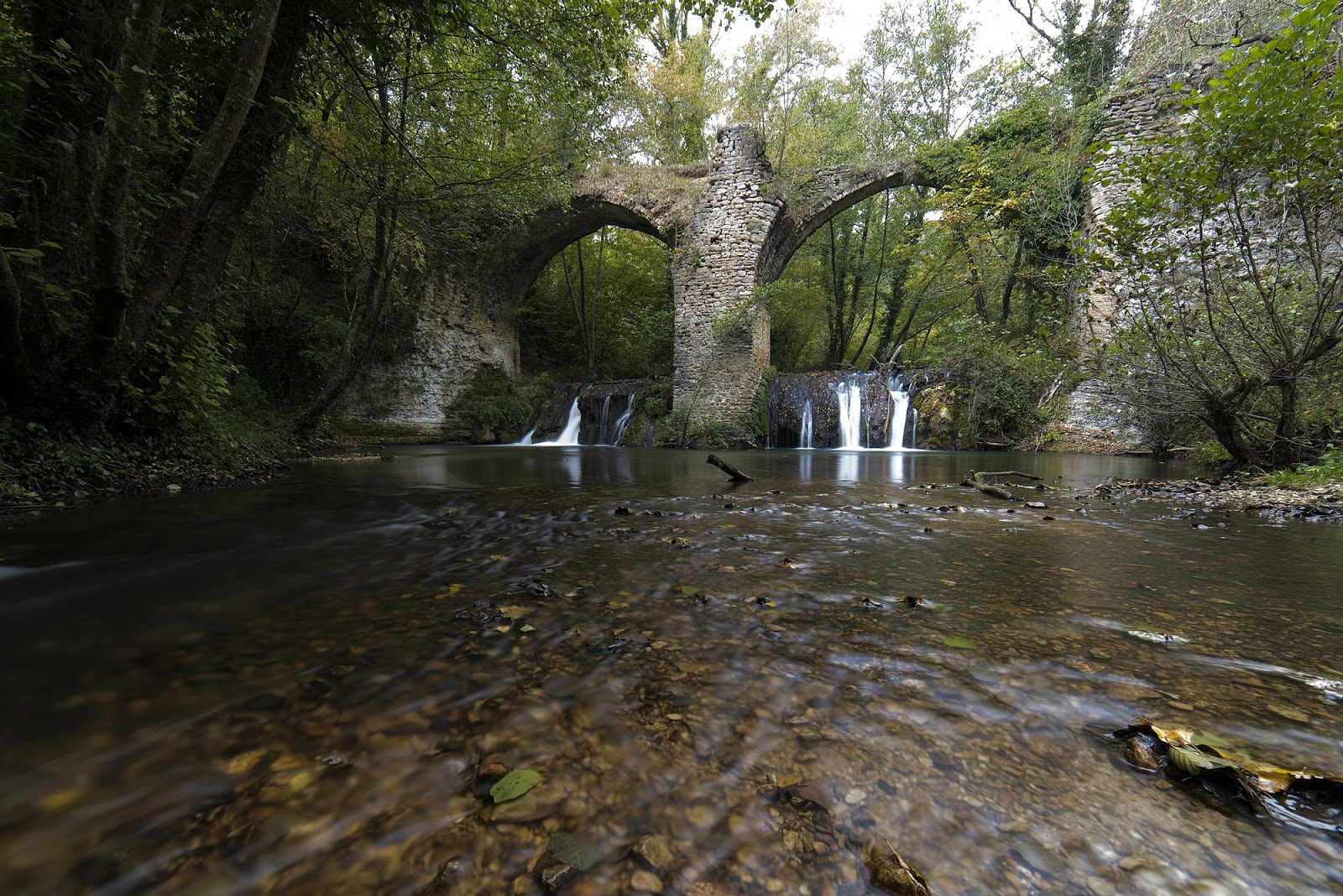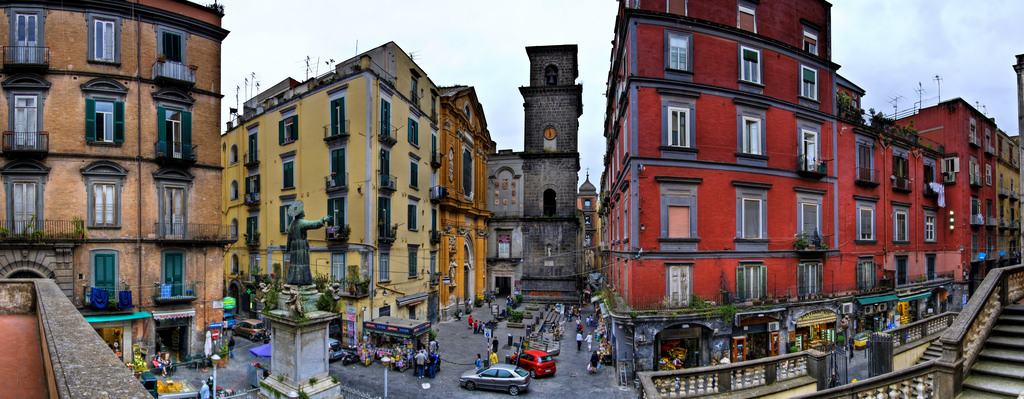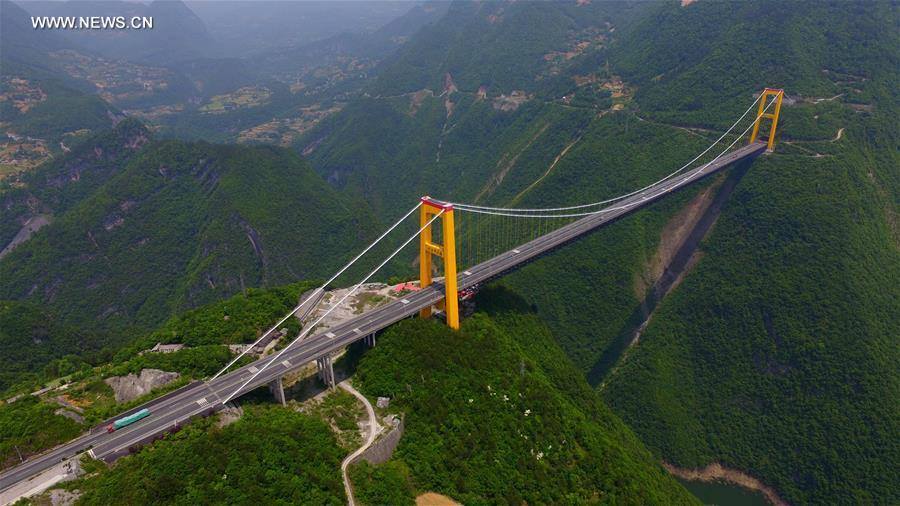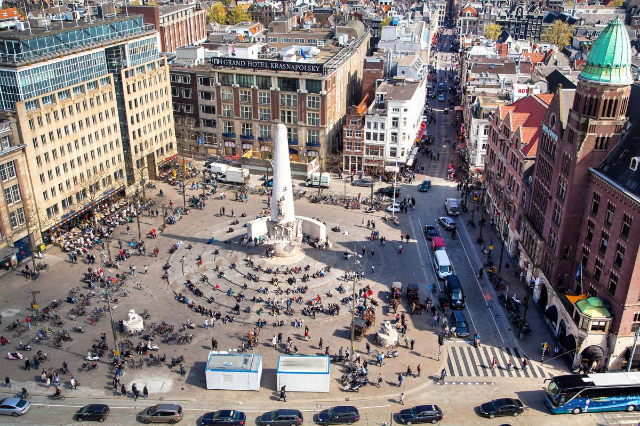The Neptune Fountain, also known as the Horse Fountain, is one of the most important monuments in Conegliano’s historic center and is one of the city’s distinctive symbols.The fountain is located on the edge of the Refosso district, a few steps from Porta Dante, at the intersection of Corso Vittorio Emanuele II, Via Marconi, Via Calvi and Via Cavour. It was inaugurated in 1838 on the occasion of Ferdinand I of Austria’s visit to Conegliano. However, a public spring already existed in 1337, built by Filippo Spongadi of Verona in Piazzetta XVIII Luglio, and later restored in the 16th century. When the Brentazzo spring that fed the fountain dried up, it was moved to its present location, at the intersection of Via Cavour and Via Marconi, at the foot of a section of wall, and fed by the Sorbolera spring. In 1770, the original obelisk that towered over the fountain was replaced with the present Neptune statue from the Villa Foscolo in Oderzo. The god Neptune is depicted on a large shell pulled by two imposing hippocampi, from which water flows. In his right hand, Neptune holds his symbolic trident. During World War I, the Neptune Fountain was one of the few artifacts in the area to survive the bombing raids of 1917-18.The Neptune Fountain, with its majesty and mythological depiction, is an iconic landmark for the city of Conegliano. It is a place of historical and artistic interest that testifies to the cultural richness and importance of the city’s historical heritage.
